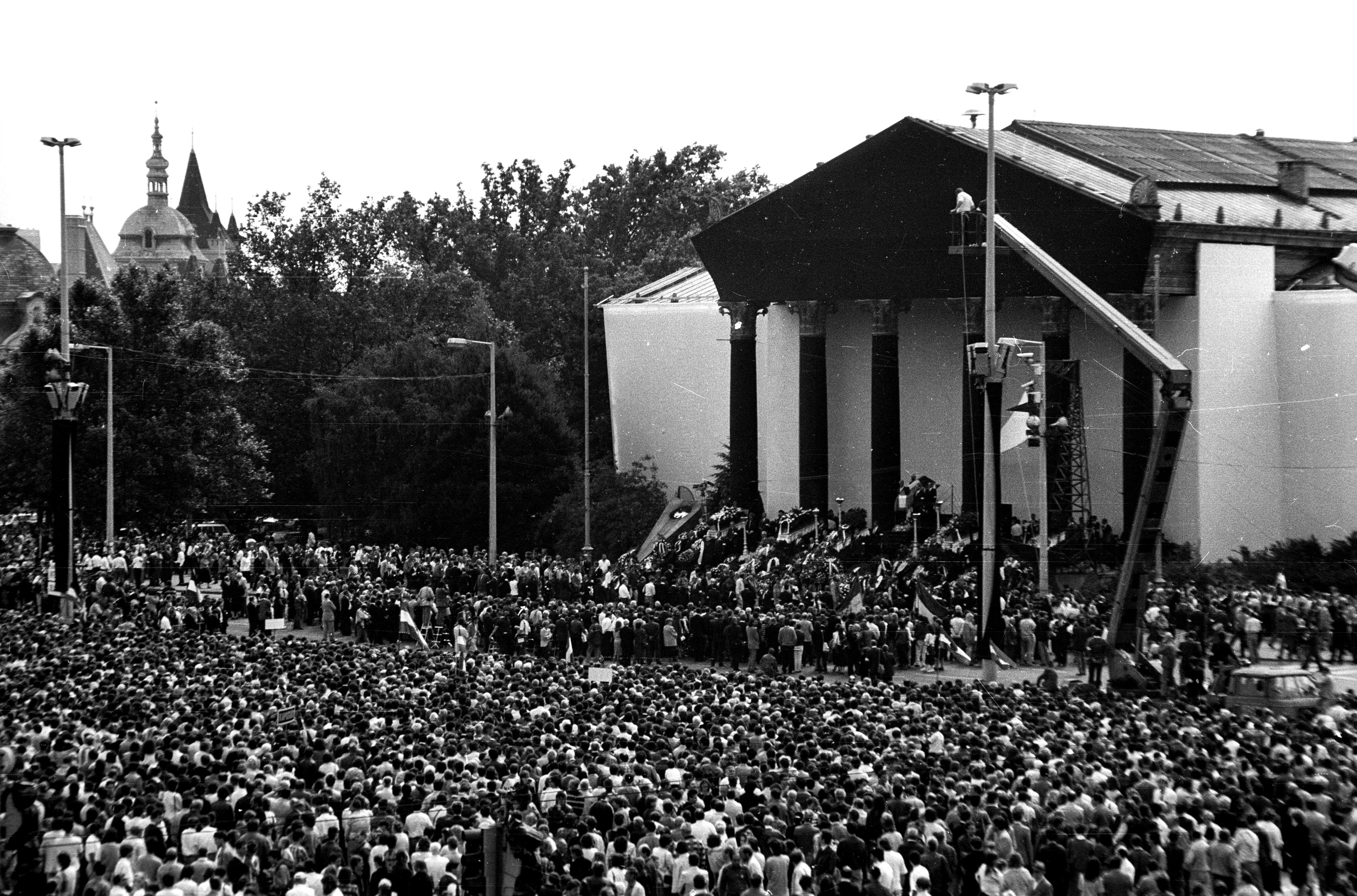Analysis
Politics
European Commission Report Highlights Ukraine’s Gains in Governance, Reform and Resilience
7 November 2024
25 December 2019
Hungarians avoid discussing what “goulash communism” was. Meanwhile, the future of Hungarian democracy depends also on the answer to the question whether it is worth giving up freedom in the name of relative prosperity.
In Hungary, the year 1989 is not an obvious turning point. Yes, there was a historic breakthrough – inspired by the events in Poland, the authorities and the opposition agreed during the talks at the local round table to change the political system and conduct free elections. The symbolic separation from the past was then the solemn funeral – and posthumous rehabilitation – of Imre Nagy, prime minister of the 1956 revolutionary government, executed, buried anonymously, and cursed into oblivion by the communist authorities.

On that day, 16 June 1989, a quarter of a million people said goodbye in Budapest to Nagy – on the Heroes’ Square, where a ceremonial farewell took place (then only the family and friends escorted the casket to the cemetery).
Hungary also contributed to the collapse of the Eastern Bloc, by letting pass thousands of East German citizens to the West in the summer of 1989 – thus aiding to the dynamism that led to the fall of the Berlin Wall.